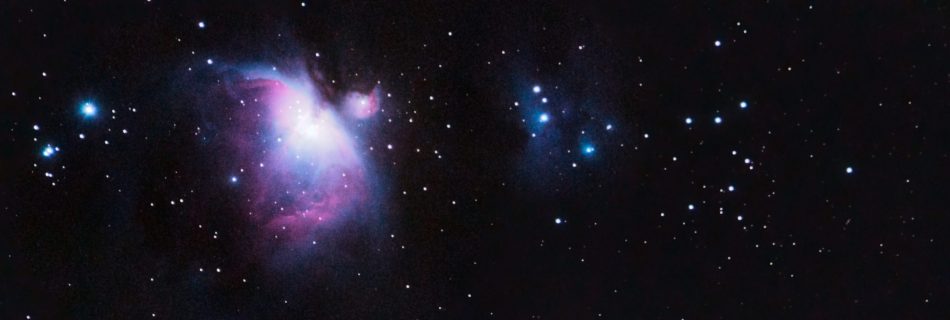How I capture amazing astrophotos
In this post, the author describes their astrophotography process focusing on capturing the Elephant’s Trunk Nebula (IC 1396) from Gjern, Denmark. The procedure entails selecting a target, planning observations, and optimizing equipment setup for night conditions. Initially, challenges like weather and technical issues resulted in only 47 exposures, yielding 70 minutes of usable data. Subsequent attempts increased data accumulation, improving the nebula’s visibility in images significantly, with a total of 7 hours of cumulative observation time leading to greatly enhanced details and structure in the final photographs.










